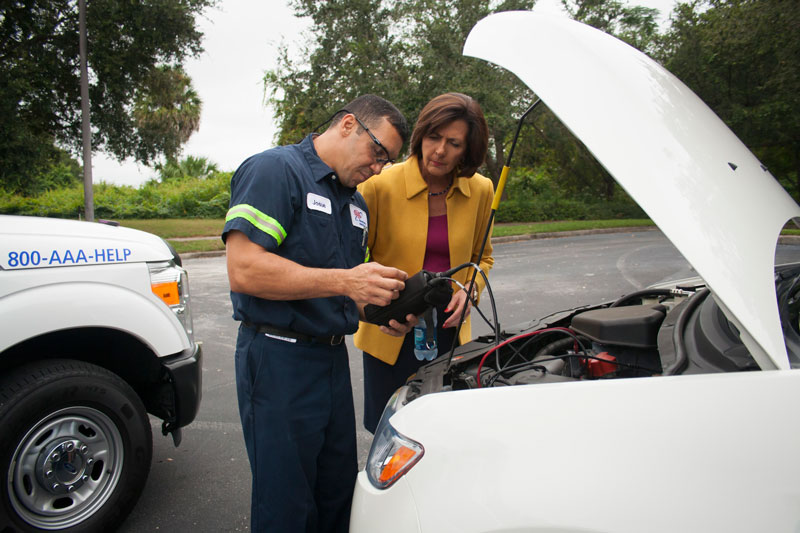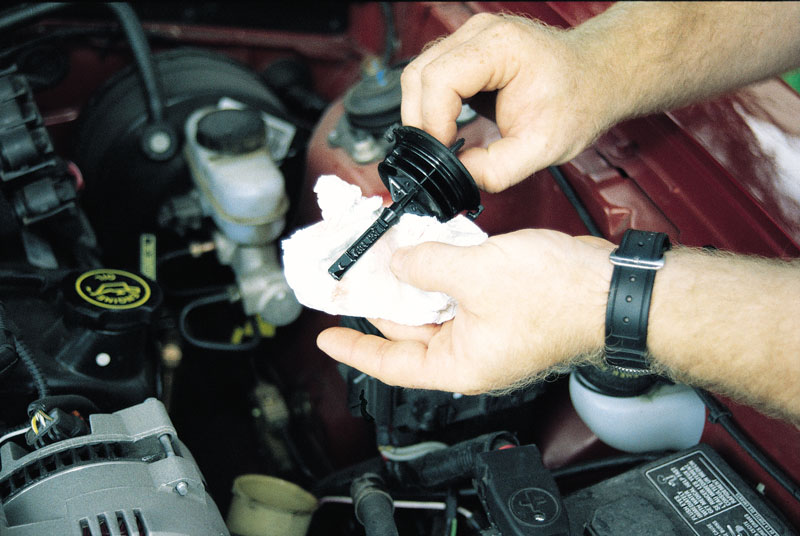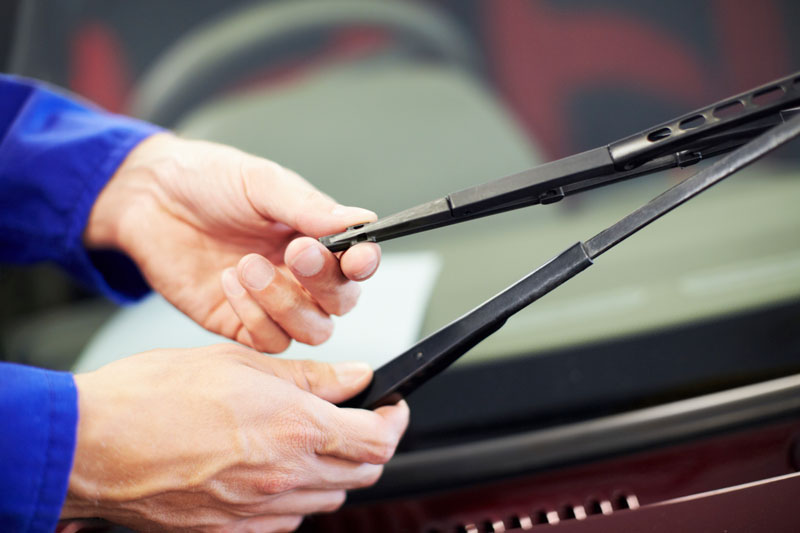Dead batteries are the number one issue in hot weather
AAA Oregon/Idaho wants to remind drivers that hot weather can actually kill more vehicle batteries than cold winter weather. “Most drivers know that the cold is rough on car batteries, but most people don’t realize that heat is the number one cause of battery failure and reduced battery life,” says Marie Dodds, public affairs director for AAA Oregon/Idaho.
AAA sees a sizeable increase in drivers needing assistance when temperatures climb above 90 degrees for a few consecutive days. Dead batteries, flat tires and vehicle lockouts are the top reasons that members call AAA during the summer.
“Summer heat accelerates the rate of fluid loss and resulting oxidation of battery components, which can leave you stranded without warning,” says Dodds.
Even with proper maintenance, most batteries have a three- to five-year service life. If your battery is nearing the end of its life cycle, have it tested by the AAA Mobile Battery Service. If you need a new battery, you can buy one and have it installed on the spot. We’ll even take away your old one. Visit AAA.com/Battery. “Your older battery may work just fine in more moderate weather, but during an extreme heat wave or cold snap, it may not turn over,” says Dodds.
Basic care can help prevent unexpected problems. AAA says follow these steps before you hit the road during extreme heat:
- Secure and test the battery. Check the car battery to be sure cable connections are clean and tight, and the hold down hardware is secure. Have a service professional do a battery check to determine remaining capacity. AAA members may request a free battery check.

- Make sure the battery cables have a clean and tight connection to battery terminals. Dirty, loose connections limit the flow of current and are a common cause of battery issues.
- Schedule a checkup. Take your vehicle to a trusted AAA repair facility to perform any needed maintenance before heading out. There are more than 7,000 AAA Approved Auto Repair facilities across North America. Oil changes, fluid level checks, battery tests and tire inspections go a long way toward reducing the chances of a breakdown. Get your electrical charging system tested at the same time as the battery. A faulty alternator is one of the most common causes of battery failure.
- Check tires and tire pressure. Inspect all four tires and, if you have one, the spare tire as well. Look for cuts, gouges or sidewall bulges. Insert a quarter upside down into grooves to check tire tread. If you see the top of George Washington’s head, it is time for new tires. Check tire pressure when the car has been idle and tires are cool. Inflate as needed to the vehicle manufacturer’s recommended pressure. You will find it listed in the owner’s manual and on the sticker of the driver side door jamb. Do not use the number on the tire sidewall. AAA members can save on new tires through our partnership with Discount Tire.
- Top off engine oil and other fluids. Check that engine oil, coolant and brake, transmission and power steering fluids are at the correct levels for safe vehicle operation. When adding fluids, use products that meet the specifications listed in the owner’s manual. Note that newer car models may have sealed automatic transmissions without a dipstick, and electric power steering that may not use fluid. AAA members receive discounts on many car parts, fluids and accessories at NAPA Auto Parts.

- Pack an emergency kit. Every vehicle should be equipped with a well-stocked emergency kit that includes a mobile phone and charging cord/car charger, flashlight with extra batteries, first-aid kit, a basic toolkit with tire pressure gauge and adjustable wrench, windshield washer solution, jumper cables and emergency flares or reflectors, drinking water, and snacks for travelers and pets.
- Replace wiper blades and replenish windshield cleaner. Rubber wiper blades naturally deteriorate over time. If wipers streak or fail to clear the windshield thoroughly, replace the blades. Fill the windshield washer reservoir with fluid formulated to remove insects and other debris, and test to make sure the nozzles spray adequately.

- Check belts and hoses. Reinforced rubber drive belts power the engine water pump and accessories such as the alternator and air conditioning compressor so you should inspect and replace any that are cracked, glazed or frayed. Note that modern multi-rib or drive belt materials do not show easily visible signs of wear. As a general rule, replace drive belts every 60,000 miles. Inspect and replace worn, brittle, bulging or excessively soft radiator hoses. Check for leaks around hose clamps and at the radiator and water pump.
AAA makes it easy to request assistance—by phone or text (1-800-AAA-HELP), app or online—and members can track the service technician’s progress as they make their way to your vehicle.
It’s really important to have that emergency kit in your car. “Even if you’re just running what you think will be a short errand, you’ll be glad to have water and a charged mobile phone on hand if you get stuck during a severe heat wave!” says Dodds.
“Make sure you and your vehicle are ready for those sizzling temperatures. When it’s boiling hot outside, you don’t want to discover that your car won’t start,” says Dodds.

